Total results 19
Total results 19
-
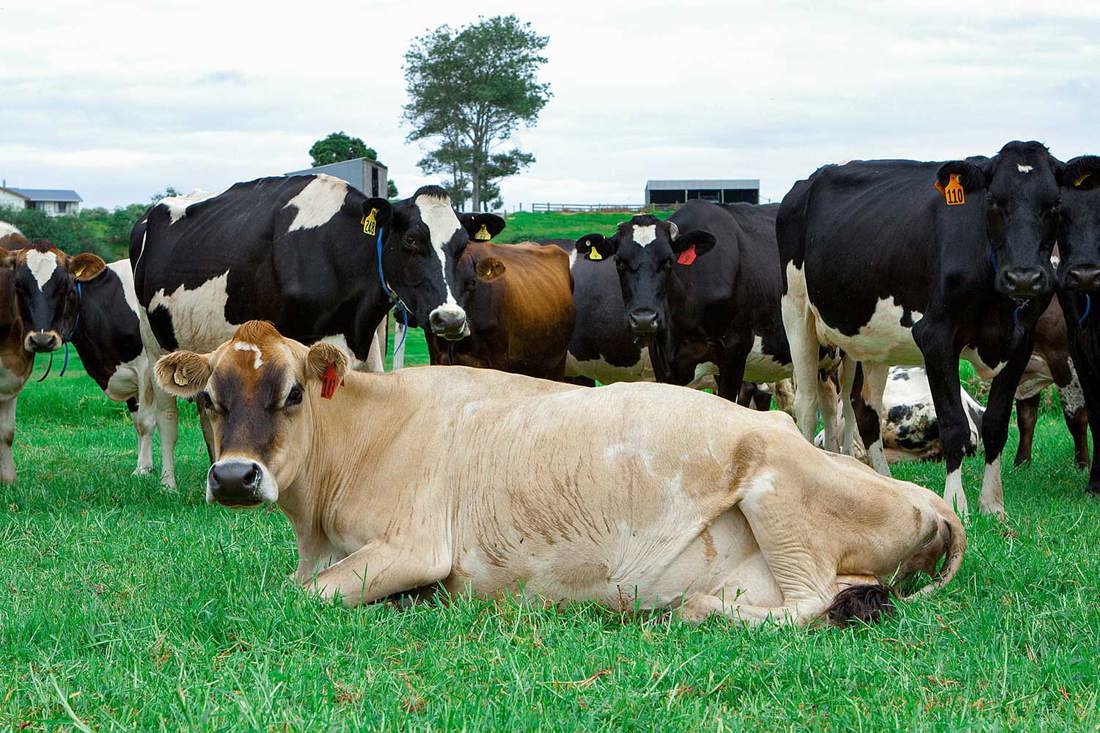
Featured
Down CowsManaging down cows is crucial for dairy farmers. When a cow is down, it's important to promptly diagnose the cause, decide on a treatment, and follow a management plan.
Animal•4 min read
-
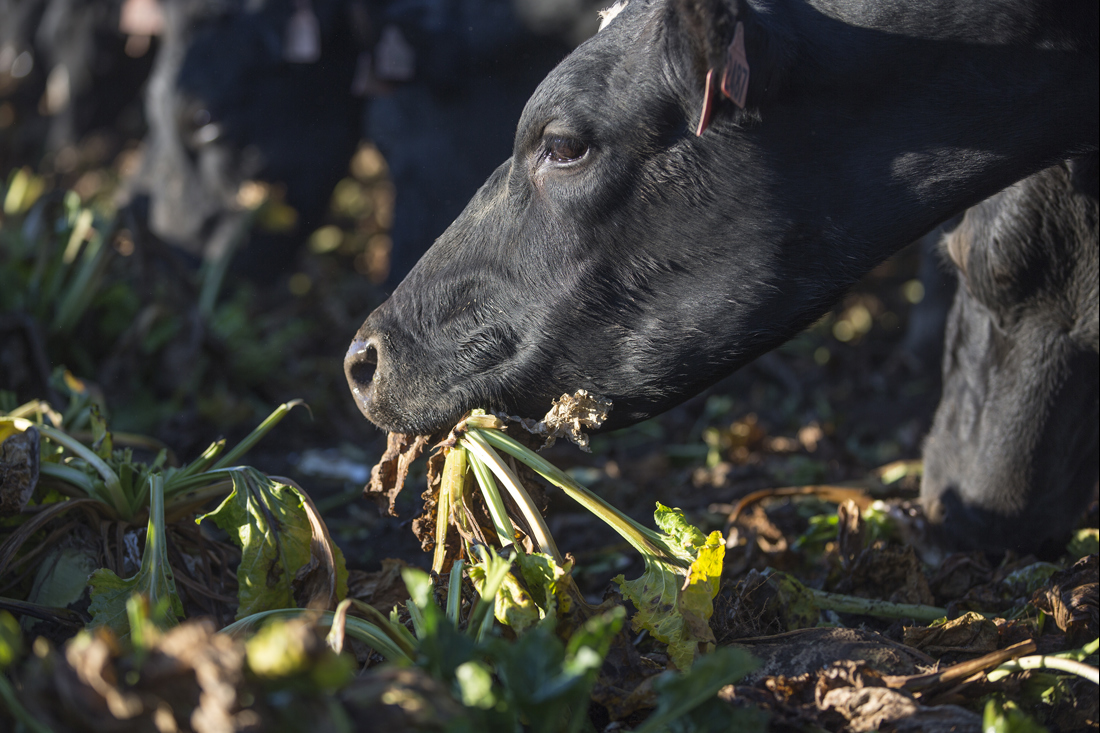 Acidosis
AcidosisAcidosis is a metabolic condition that affects cows when their rumen pH levels drop below normal. This is often due to a high-starch diet. You'll recognise acidosis when your cows show signs like scouring, depression, and milk fever-like symptoms.
Animal•2 min read
Acidosis

Acidosis is a metabolic condition that affects cows when their rumen pH levels drop below normal. This is often due to a high-starch diet. You'll recognise acidosis when your cows show signs like scouring, depression, and milk fever-like symptoms.
Animal•2 min read
-
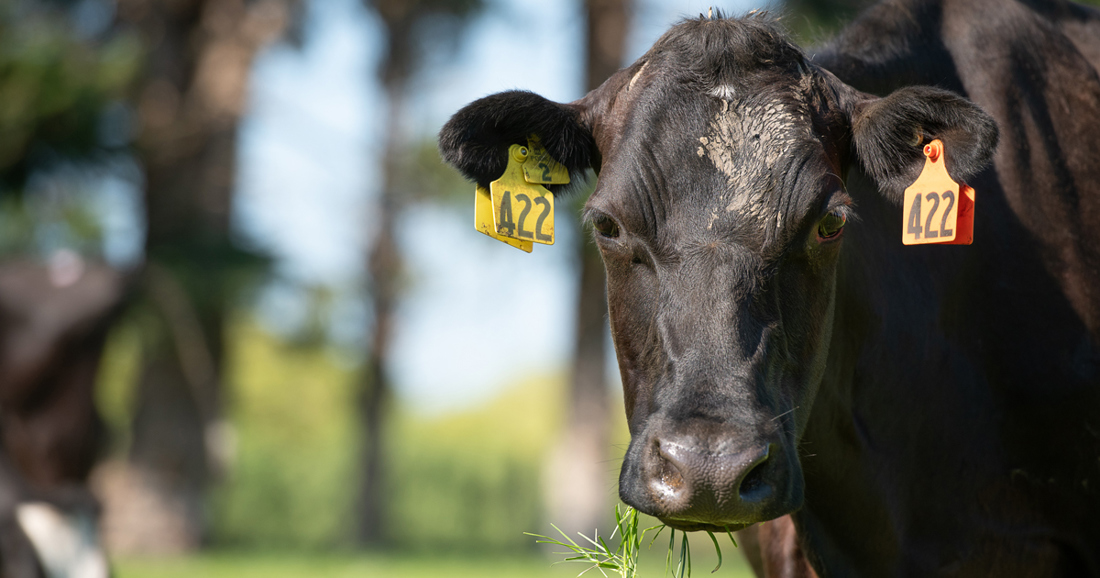 BVD Virus
BVD VirusBovine viral diarrhoea (BVD) is a widespread disease impacting around 80% of New Zealand's dairy and beef herds, causing losses in reproduction, increased disease, and reduced growth and milk production.
Animal•2 min read
BVD Virus

Bovine viral diarrhoea (BVD) is a widespread disease impacting around 80% of New Zealand's dairy and beef herds, causing losses in reproduction, increased disease, and reduced growth and milk production.
Animal•2 min read
-
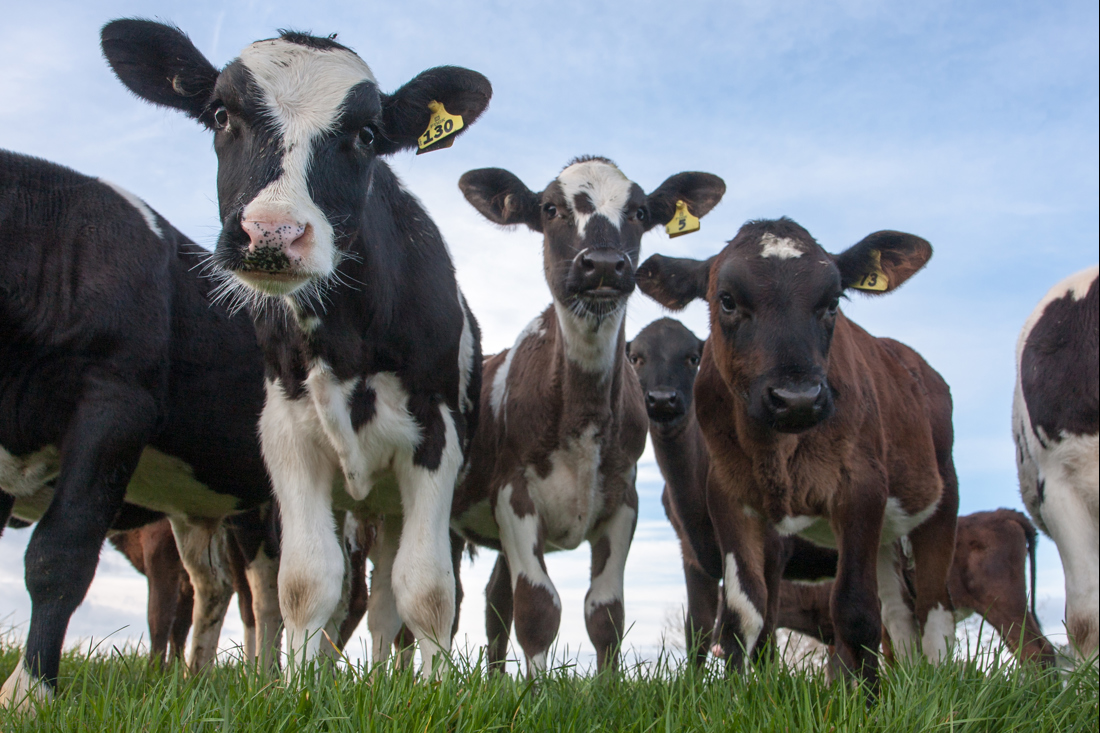 Coccidiosis
CoccidiosisCoccidiosis is a disease mainly affecting young cattle, causing diarrhoea that can lead to dehydration or even death. The disease comes from parasites found in infected feed, water, or from self-grooming.
Animal•2 min read
Coccidiosis

Coccidiosis is a disease mainly affecting young cattle, causing diarrhoea that can lead to dehydration or even death. The disease comes from parasites found in infected feed, water, or from self-grooming.
Animal•2 min read
-
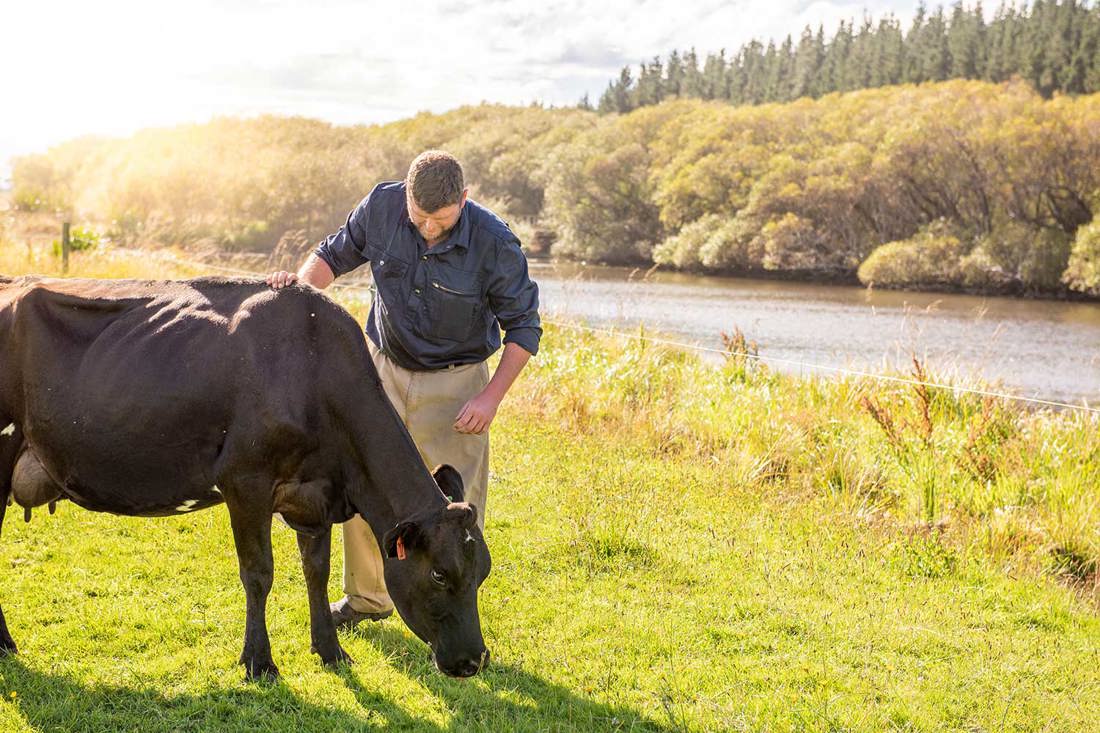 Managing sick cows
Managing sick cowsThe sooner you spot and treat sick and lame cows, the better. Learn how to identify, separate and care for sick and problem cows, about marking and recording systems, and the most common cow diseases.
Animal•3 min read
Managing sick cows

The sooner you spot and treat sick and lame cows, the better. Learn how to identify, separate and care for sick and problem cows, about marking and recording systems, and the most common cow diseases.
Animal•3 min read
-
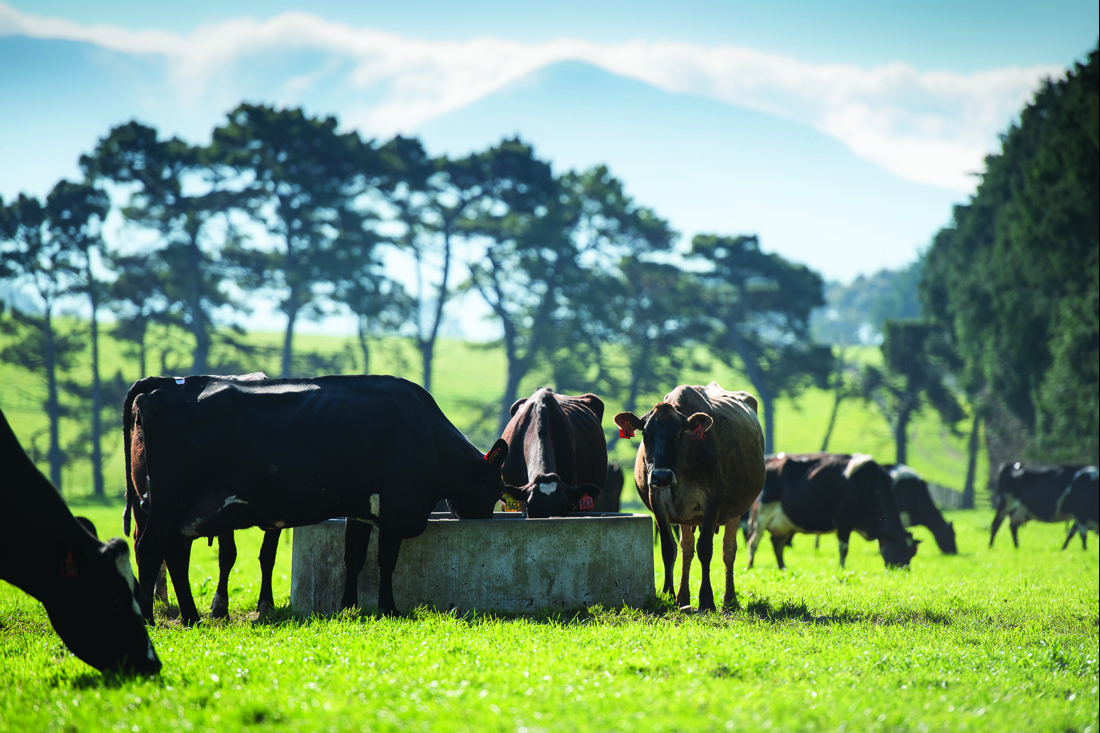 Copper Deficiency
Copper DeficiencyCopper deficiency in cattle, common during winter/early spring or in fast-growing calves over six months, can lead to issues like weight loss, reduced milk yields, reproductive problems, and anaemia in cows.
Animal•1 min read
Copper Deficiency

Copper deficiency in cattle, common during winter/early spring or in fast-growing calves over six months, can lead to issues like weight loss, reduced milk yields, reproductive problems, and anaemia in cows.
Animal•1 min read
-
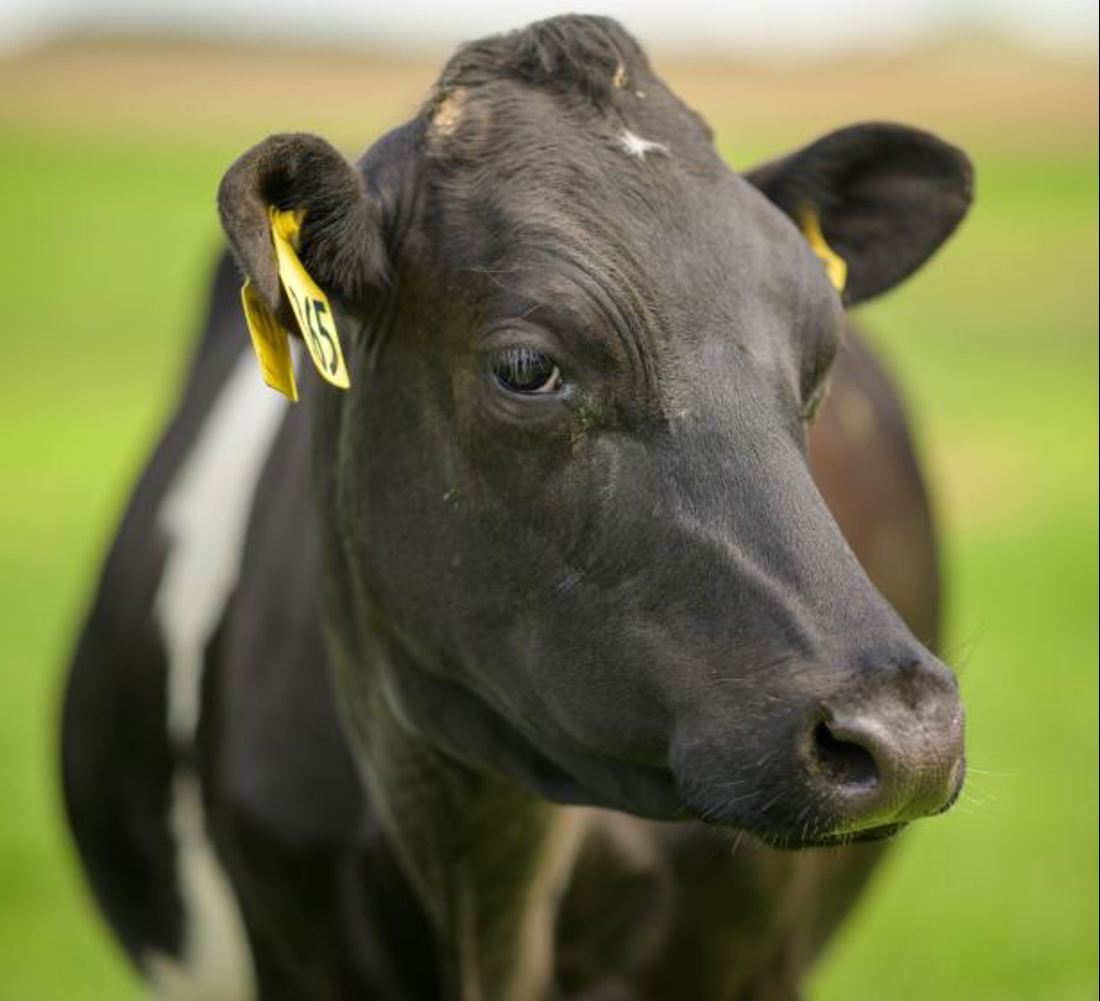 Endometritis
EndometritisEndometritis is a bacterial inflammation in the uterus that often occurs after calving. Around 25% of cows have this condition before mating starts.
Animal•1 min read
Endometritis

Endometritis is a bacterial inflammation in the uterus that often occurs after calving. Around 25% of cows have this condition before mating starts.
Animal•1 min read
-
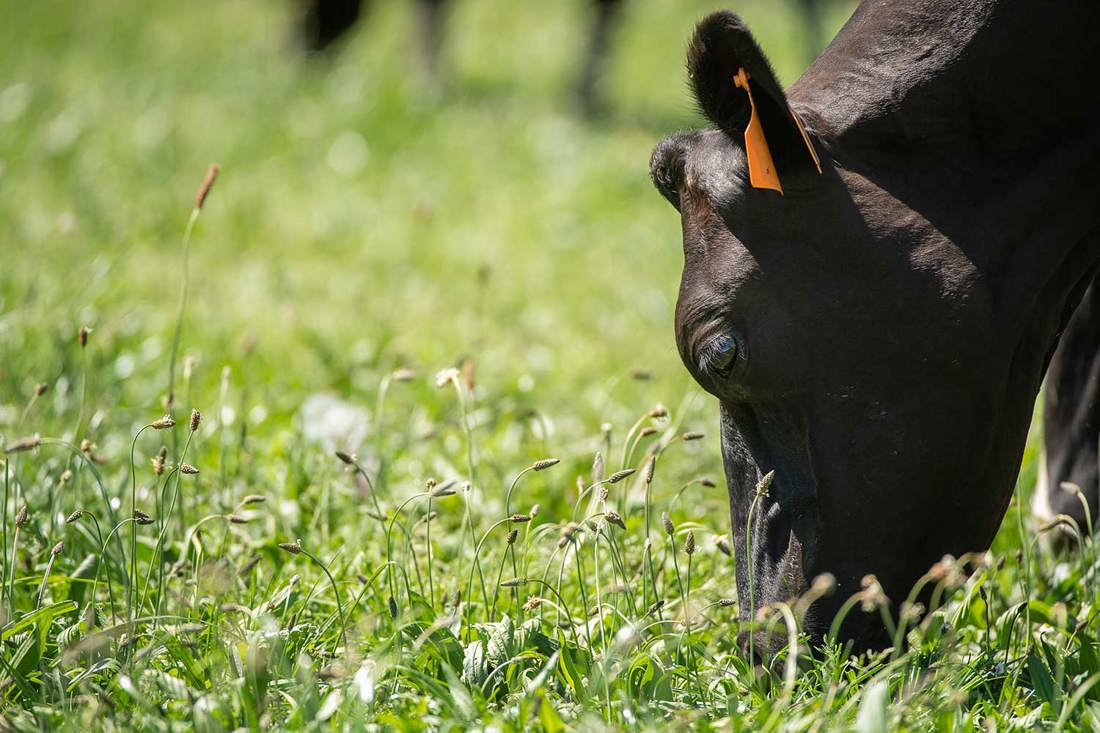 Facial eczema
Facial eczemaFacial eczema (FE) is a disease caused by a toxin from a fungus in pasture, predominantly in late summer and autumn. It can cause liver damage, skin irritation, and a drop in milk production.
Animal•4 min read
Facial eczema

Facial eczema (FE) is a disease caused by a toxin from a fungus in pasture, predominantly in late summer and autumn. It can cause liver damage, skin irritation, and a drop in milk production.
Animal•4 min read
-
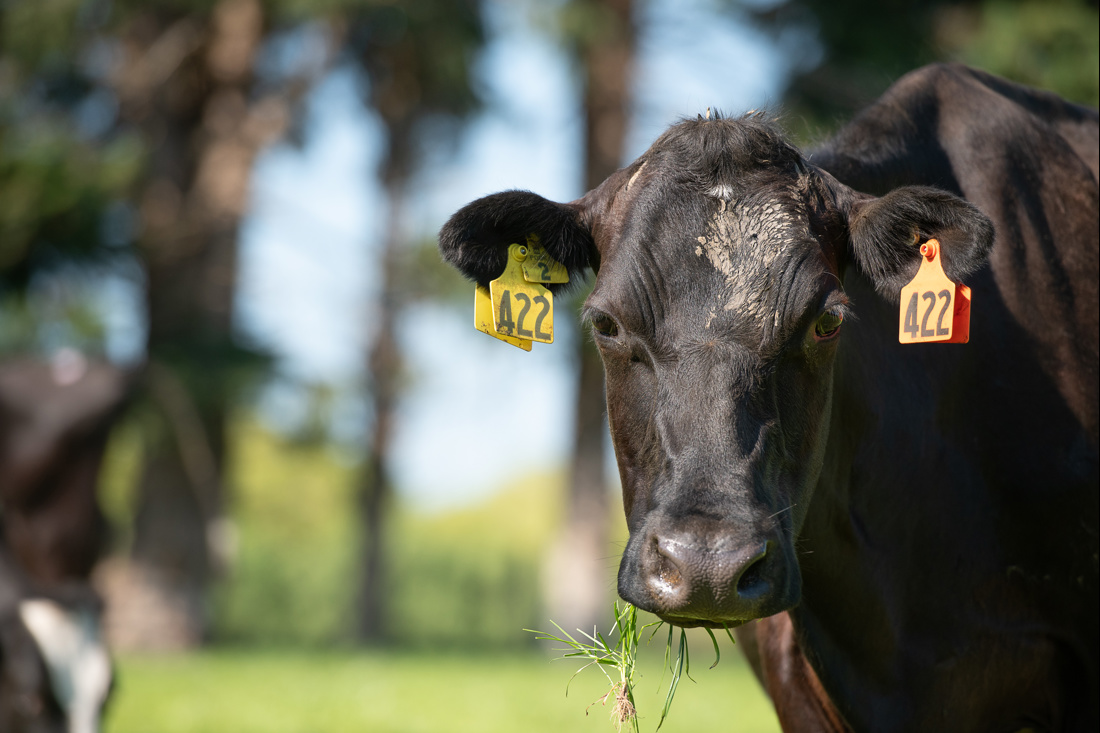 Staggers
StaggersGrass staggers is a metabolic disease in cows caused by a magnesium deficiency. By giving cows extra magnesium in their diet, you can prevent health issues like grass staggers and milk fever, which can help increase milk production.
Animal•4 min read
Staggers

Grass staggers is a metabolic disease in cows caused by a magnesium deficiency. By giving cows extra magnesium in their diet, you can prevent health issues like grass staggers and milk fever, which can help increase milk production.
Animal•4 min read
-
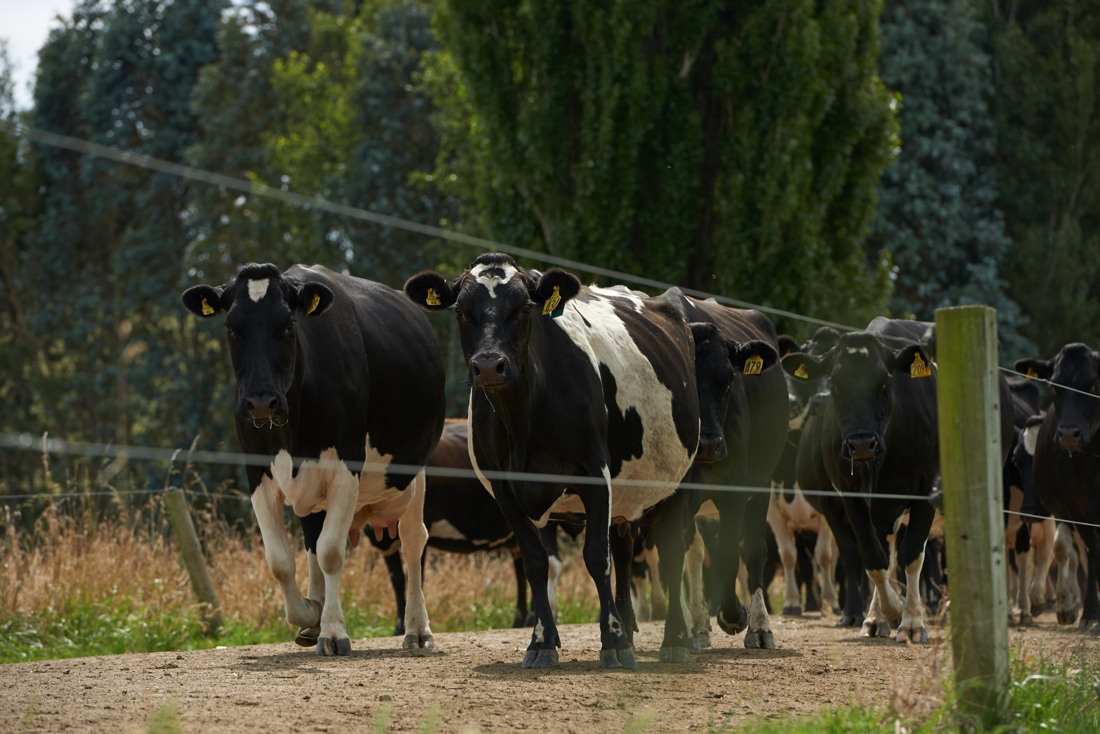 Heat Stress
Heat StressHeat stress in cows happens when they can't dissipate the heat they generate, leading to discomfort and lower milk yields. Unlike humans, cows can start feeling the stress at temperatures below 20°C.
Animal•6 min read
Heat Stress

Heat stress in cows happens when they can't dissipate the heat they generate, leading to discomfort and lower milk yields. Unlike humans, cows can start feeling the stress at temperatures below 20°C.
Animal•6 min read